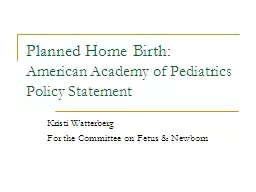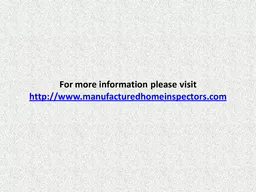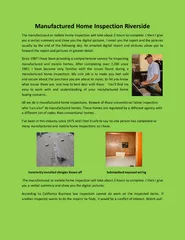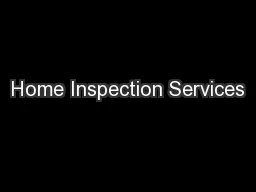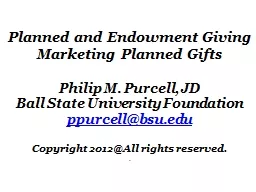PPT-Planned Home
Author : phoebe-click | Published Date : 2015-09-22
Birth American Academy of Pediatrics Policy Statement Kristi Watterberg For the Committee on Fetus amp Newborn Background for AAP statement the revised ACOG statement
Presentation Embed Code
Download Presentation
Download Presentation The PPT/PDF document "Planned Home" is the property of its rightful owner. Permission is granted to download and print the materials on this website for personal, non-commercial use only, and to display it on your personal computer provided you do not modify the materials and that you retain all copyright notices contained in the materials. By downloading content from our website, you accept the terms of this agreement.
Planned Home: Transcript
Download Rules Of Document
"Planned Home"The content belongs to its owner. You may download and print it for personal use, without modification, and keep all copyright notices. By downloading, you agree to these terms.
Related Documents

